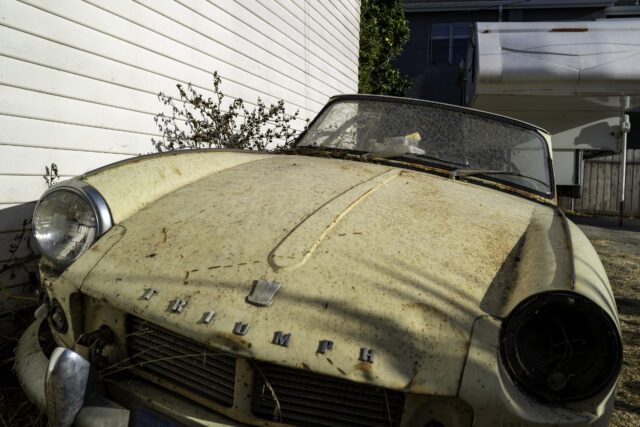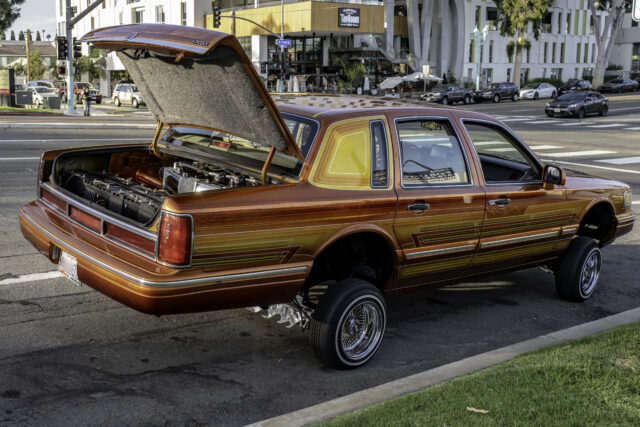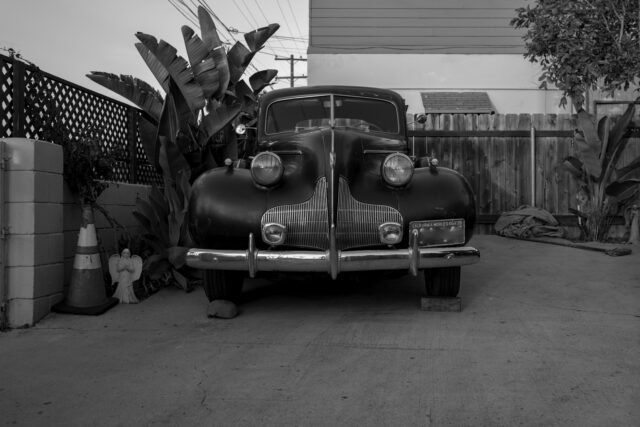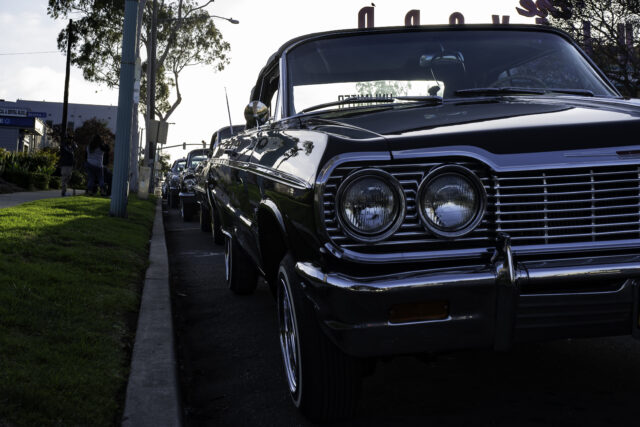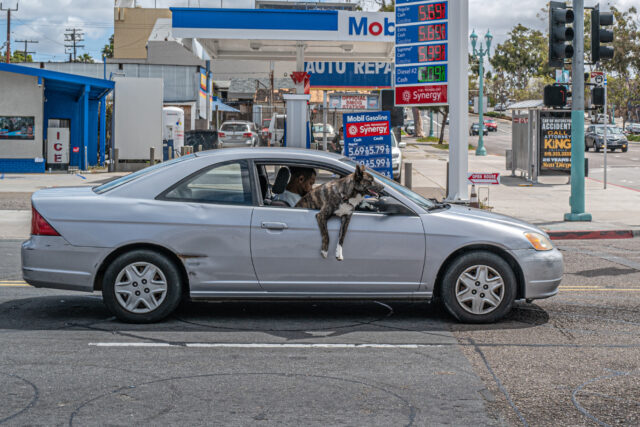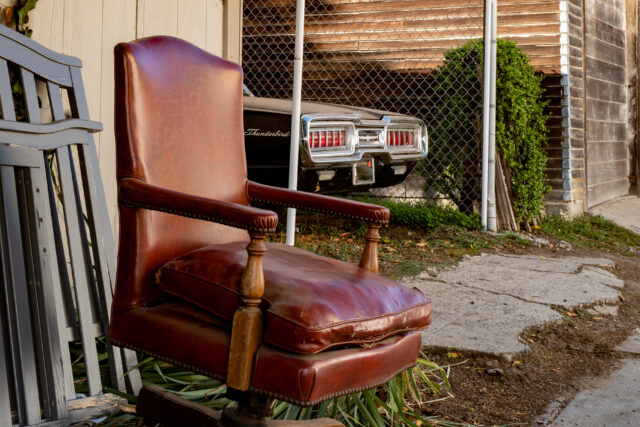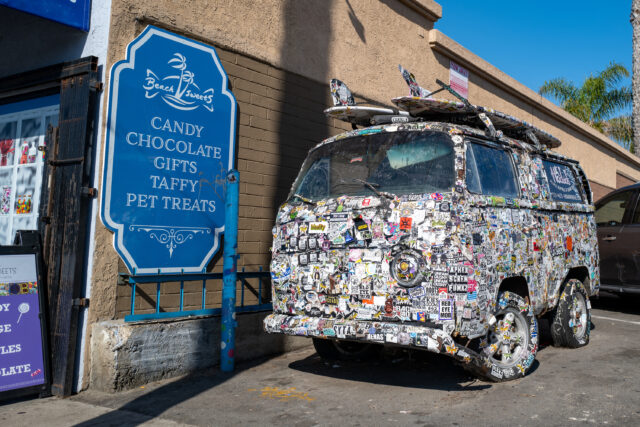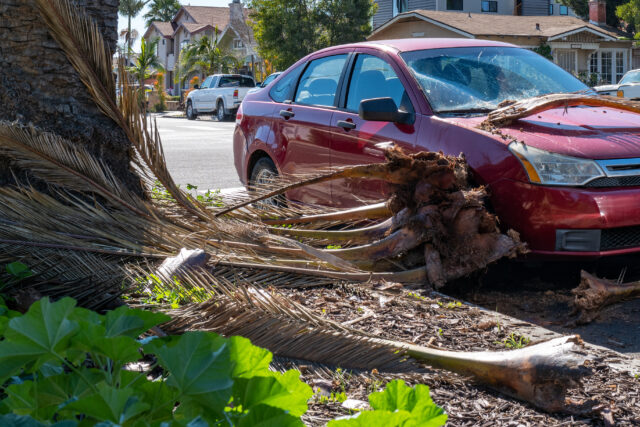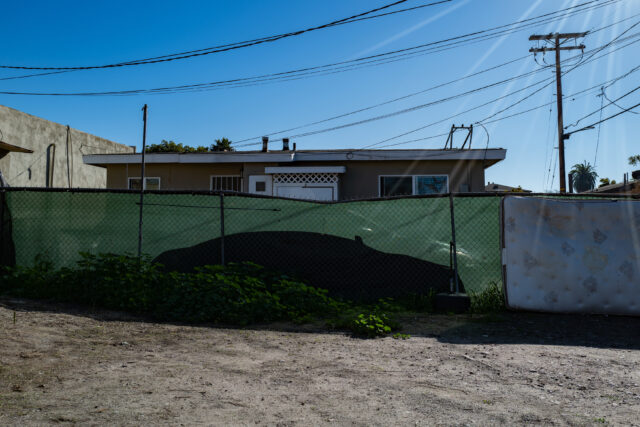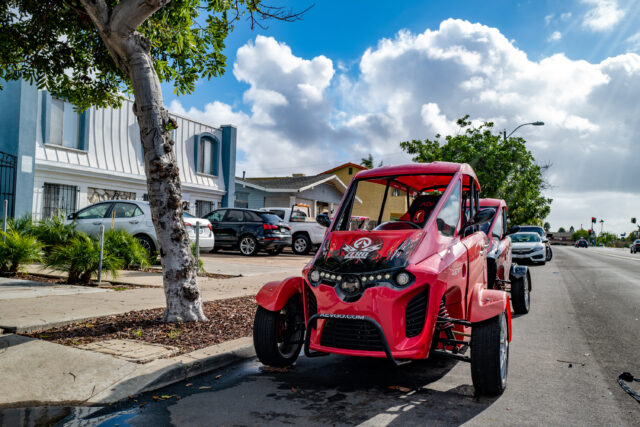This Spitfire sputters no more. Its flame is extinguished. Late afternoon, I came upon the derelict on the alley side of a garage, in San Diego community University Heights. I had cut through a property after dropping off a bag of redeemable aluminum cans. One of my neighbors scours garbage and recycle bins for them. Anyone would assume, based on scruffy appearance, that he is homeless. Rather, the gent is nearly blind—with only marginal peripheral vision.
We met a few years ago, as he scrounged behind our apartment building. I learned about his ailment, which in my estimation is cruel. He had been an active individual who travelled extensively, and he obviously is quite intelligent and resourceful. Timing turned out to be good for our meeting, because I had an extra Google Hub—freebee from another purchase. I offered him the voice-activated device, which benefit took some effort to explain.
